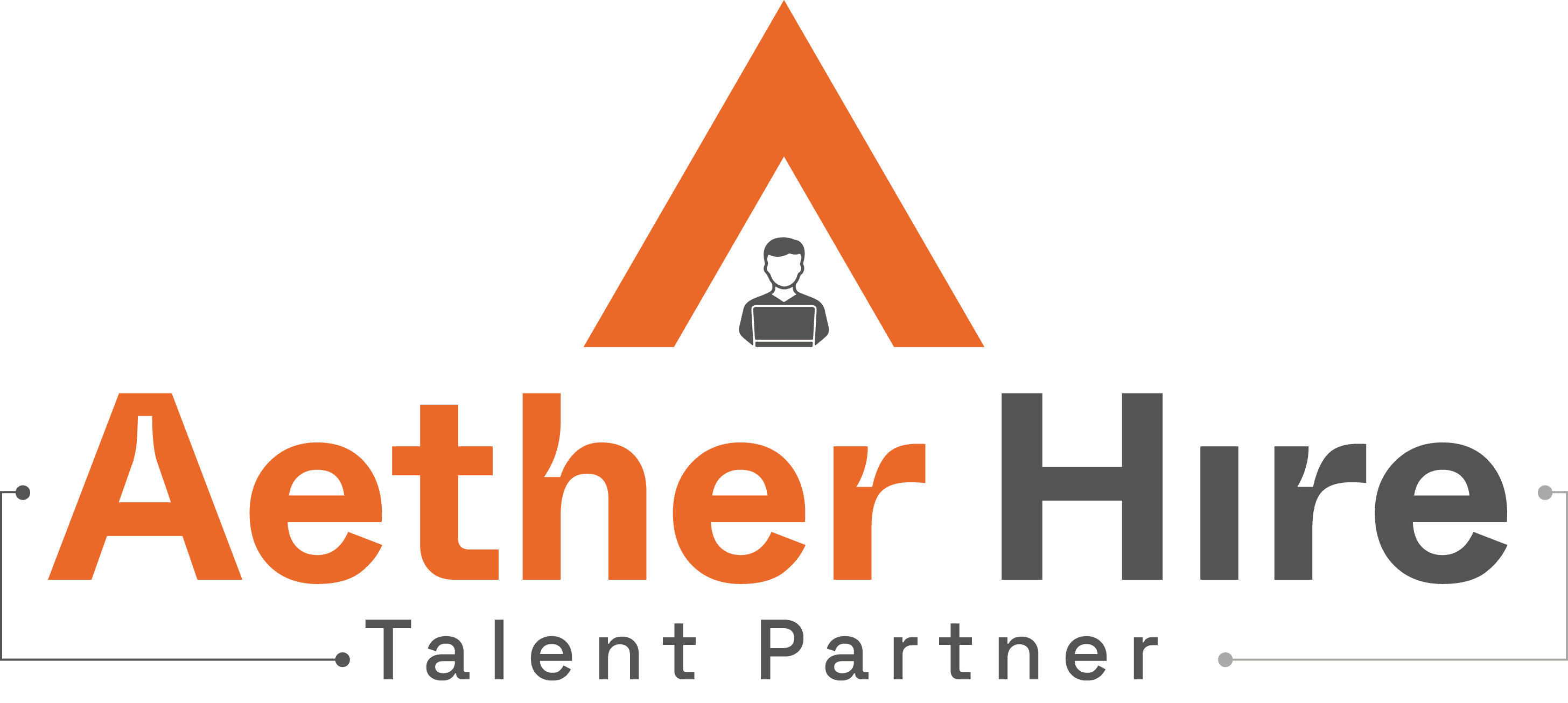Executives Senior executives Middle executive
In the corporate hierarchy, executives play pivotal roles in driving organizational success, but not all executives are created equal. Moreover, roles like senior-level and middle-level executives is crucial for navigating the complexities of the corporate landscape. Here we discuss the roles, responsibilities, and shedding light on their respective contributions to organizational success. Thus, providing insights into the latest trends shaping executive leadership.
Defining Senior Level and Middle-Level Executives
Senior Executives
Senior executives, often referred to as C-suite executives, occupy the highest echelons of corporate leadership. They hold titles such as CEO, CFO (Chief Financial Officer), COO (Chief Operating Officer), and CMO (Chief Marketing Officer). Senior executives are responsible for setting the overall strategy, makes high-level decisions to ensure that corporate objectives are met. They work closely with the board of directors and other stakeholders to drive growth, maximize profitability. Thus, maintain the company’s competitive edge in the market.
Middle-Level Executives
Middle-level executives, also known as mid-level managers, occupy positions between senior management and front-line employees. They typically hold titles such as department heads, directors, and managers. Middle-level executives are responsible for implementing the strategic directives set forth by senior management, overseeing day-to-day operations within their respective departments or divisions, and managing teams to achieve specific goals and objectives. They serve as the bridge between senior leadership and front-line employees, translating strategic vision into actionable plans and ensuring that organizational initiatives are executed effectively.
Key Differences Between Senior and Middle-Level Executives
Scope of Authority
Senior executives have broad authority and decision-making power that extends across the entire organization. They have the autonomy to set strategic priorities, allocate resources, and make significant business decisions that impact the company’s overall direction and performance. In contrast, middle-level executives have more limited authority, typically focusing on managing specific departments or functions within the organization. While they have decision-making authority within their areas of responsibility, their scope of influence is narrower compared to senior executives.
Strategic Focus
Senior executives are primarily concerned with long-term strategic planning and vision-setting. They analyze market trends, identify growth opportunities, and develop strategic initiatives to position the company for future success. Middle-level executives, on the other hand, are more focused on executing the strategic directives established by senior leadership. They translate strategic goals into actionable plans, allocate resources effectively. Furthermore, oversee day-to-day operations to ensure that organizational objectives are achieved in a timely manner.
Leadership Style
Senior executives often exhibit visionary leadership qualities, inspiring and motivating employees to rally behind the company’s mission and vision. They provide strategic direction, set high-level goals, and empower their teams to innovate and drive results. Middle-level executives, meanwhile, tend to demonstrate more hands-on leadership styles, providing guidance, mentorship, and support to their direct reports. They play a key role in implementing organizational strategies, fostering collaboration, and aligning team efforts with overarching business objectives.
Emerging Trends in Executive Leadership
Agile Leadership
In today’s rapidly changing business landscape, agile leadership has become increasingly important for senior and middle-level executives alike. Agile leaders are adaptable, innovative, and responsive to change, enabling organizations to thrive in dynamic environments. Embracing agile principles allows executives to anticipate market shifts, pivot strategies quickly, and capitalize on emerging opportunities.
Digital Transformation
Digital transformation is reshaping the way organizations operate, requiring executives to embrace technology and leverage data-driven insights to drive innovation and competitive advantage. Senior and middle-level executives must invest in emerging technologies, and foster a culture of digital literacy throughout the organization.
Diversity and Inclusion
Diversity and inclusion are top priorities for executive leadership, with organizations recognizing the business value of a diverse workforce. Senior and middle-level executives play a critical role in promoting diversity and inclusion initiatives, fostering a culture of belonging, and creating opportunities for underrepresented groups to thrive and succeed.
Contact Us: Partner in Talent Acquisition
Continuous Learning and Development
In today’s rapidly evolving business landscape, executives must embrace a mindset of continuous learning and development to stay ahead. Thus, Investing in ongoing education, development programs, and coaching can enhance skills.Furthermore, deepen industry knowledge, and expand strategic thinking capabilities. By committing to lifelong learning, executives can adapt to changing market dynamics, identify emerging trends, and lead their organizations with confidence and agility.
Moreover, fostering a culture of learning and development within the organization not only empowers executives to reach their full potential but also inspires employees at all levels to pursue growth and excellence. Executives who prioritize continuous learning demonstrate a commitment to personal and professional growth, setting a positive example for their teams and driving a culture of innovation and continuous improvement throughout the organization. By embracing opportunities for learning and development, executives can enhance their effectiveness, drive business results, and position themselves as visionary leaders in today’s competitive business environment.
Conclusion
In conclusion, understanding the differences between senior-level and middle-level executives is essential for navigating the complexities of executive leadership and advancing in your career. While senior executives set the strategic direction and overarching vision for the organization, middle-level executives are instrumental in executing strategic initiatives and driving day-to-day operations. By embracing emerging trends in executive leadership and honing your leadership skills, you can position yourself for success and make meaningful contributions to your organization’s growth and prosperity. Whether you aspire to reach the C-suite or excel as a middle-level manager, the insights provided in this guide will help you chart a course for professional advancement and achieve your career goals in the dynamic world of executive leadership.
Read More : ROI in Recruitment








